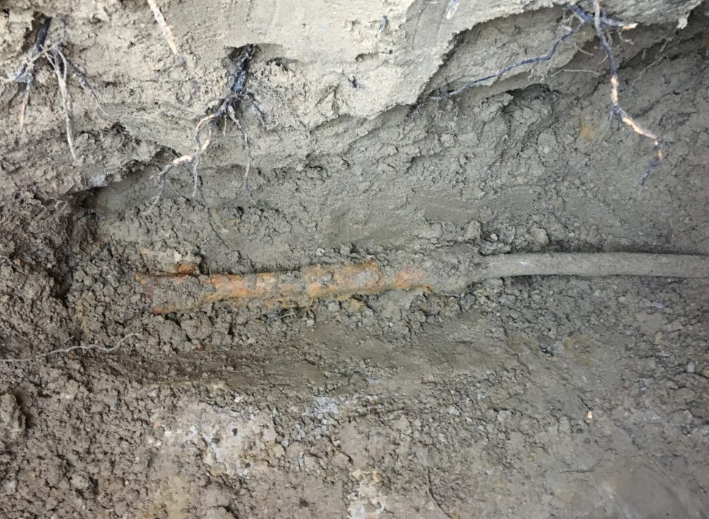THUNDER BAY – A city program intended to speed the removal of lead from Thunder Bay's drinking water awarded just a trickle of loans and grants in 2022, an annual report indicates.
The incentives are intended to address the issue of lead contamination for the estimated 8,000 local homes that still have water service connections containing lead, which can pose health hazards even in small concentrations in drinking water.
The city estimated in 2020 that 1,000 local homes had levels of lead at the tap exceeding provincial guidelines of 10 micrograms per litre.
Since the city launched a program that year offering no-interest loans to homeowners who replace their connections, the municipal government has approved 73 loan applications, according to a report that will be presented to council Monday.
That represents just 13 new approvals over the past year.
The city also issued two grants through the program since council voted earlier this year to create up to 20 non-repayable grants of $1,000 for low-income residents.
More information about lead in drinking water, and how to apply for the loans and grants, is available at the city’s website.
The interest-free loans of up to $5,000 help homeowners cover the expense of digging up and replacing the connections, a job that costs $5,100 on average, plus restoration work, the city has estimated. Council voted last year to increase the loan limit from $3,000 in order to encourage more uptake.
Other Ontario municipalities including Brantford, Guelph, Hamilton, London, and Ottawa offer similar programs, staff reported.
Coun. Andrew Foulds has advocated for the initiative at city hall, saying it’s needed in particular by those who own a home but struggle to make ends meet, like some seniors and those on the Ontario Disability Support Program.
While he said he’s disappointed there hasn’t been more uptake, he also expressed continued support for the program.
“I want more people to get involved and take advantage of this program, because this issue is very serious,” he said in an interview, while also noting lead contamination can come from sources besides the service connections, including older household fixtures.
The city has estimated it would cost $80 million to remove lead from all public and private water infrastructure in the city, but says there’s little provincial or federal support to do so.
The city has provided water filters to local residents with lead connections, after its previous strategy of adding sodium hydroxide to the water supply was discontinued in 2020 amid concerns it was causing pinhole leaks in household pipes. The city has denied the claims in court.
Given the serious health implications of lead exposure, which can affect brain and nervous system development for children, Foulds said it’s important to address the issue – but says the city can’t shoulder that work alone.
“Should we be doing more? The simple answer is yes … but we also need to balance the realities of all the pressures that are on a municipality,” he said.
“The ultimate goal is, with thousands of lead services, we need to change those out. Whatever program we can put in place to try to encourage that, I generally am a supporter of. This is a great program – we need to get more people accessing [it].”
Foulds said the pandemic may account for low uptake on the loans, but added the city clearly needs to do more to build public awareness.
“The last three years of lives of human beings has been pretty complicated. I’m hoping post-pandemic, we can double our efforts in terms of that advertising and making people aware of this program.”
“Do we need to look at how we’re communicating the public, how we’re letting the public know about this? Are we working with community stakeholders that perhaps may be able to get this message out more broadly?”
City administration said notice of the program will continue to be provided to property owners with lead service connections by letter, on the city’s website and social media, and through advertising channels.
The city created the program with a $1.35 million loan envelope through a reserve fund in its waterworks department. Nearly $1.18 million of that remains available.
The program’s actual cost to the city is estimated at $100,000, including administration costs and lost interest revenue over the lifetime of the loans.
